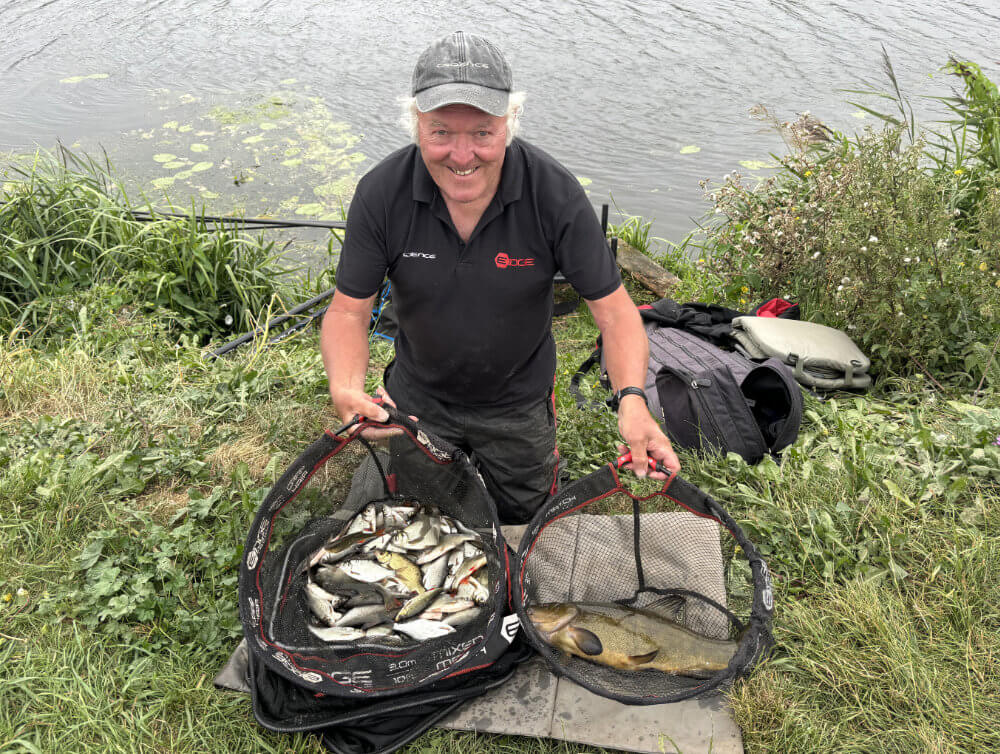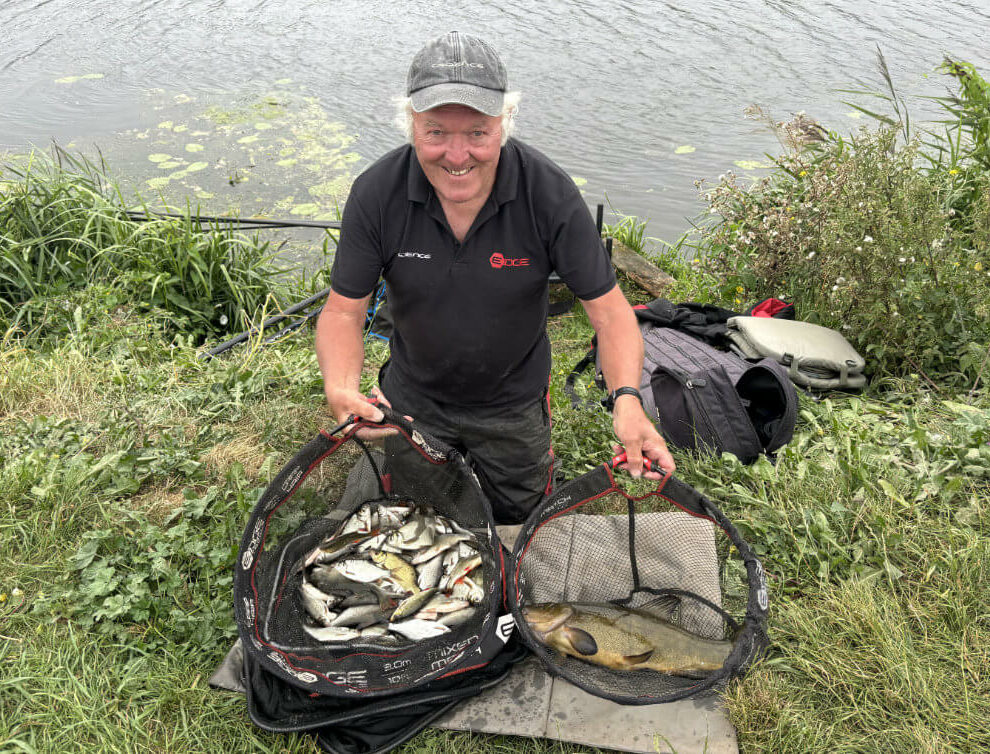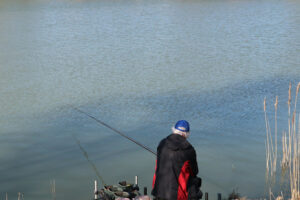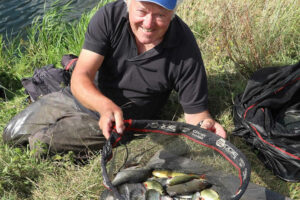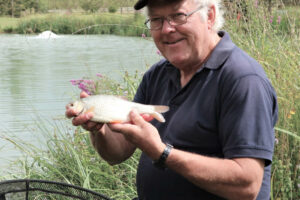Going Dutch
The Twenty Foot River is part of the Middle Level Drainage system, which connects the Ouse to the Nene, creating 120 miles of waterways fish can move about in. It’s remarkably like the canals in Holland, being designed by a Dutch Engineer. It certainly reminds me of the wilder places I visited many years ago in the Netherlands. I’m now delighted to have something similar close to my doorstep, on the outskirts of March in Cambridgeshire. The Old River Nene is less than a mile away, better known for its winter matches through the town stretches. But during summer, that area gets busy with boaters, joggers, dog walkers and all sorts of other activities, while out here I hardly ever see anyone. Better still, it’s wider and deeper, so I can try a host of different things, enjoying a wide span of species that often fluctuate like the weather.
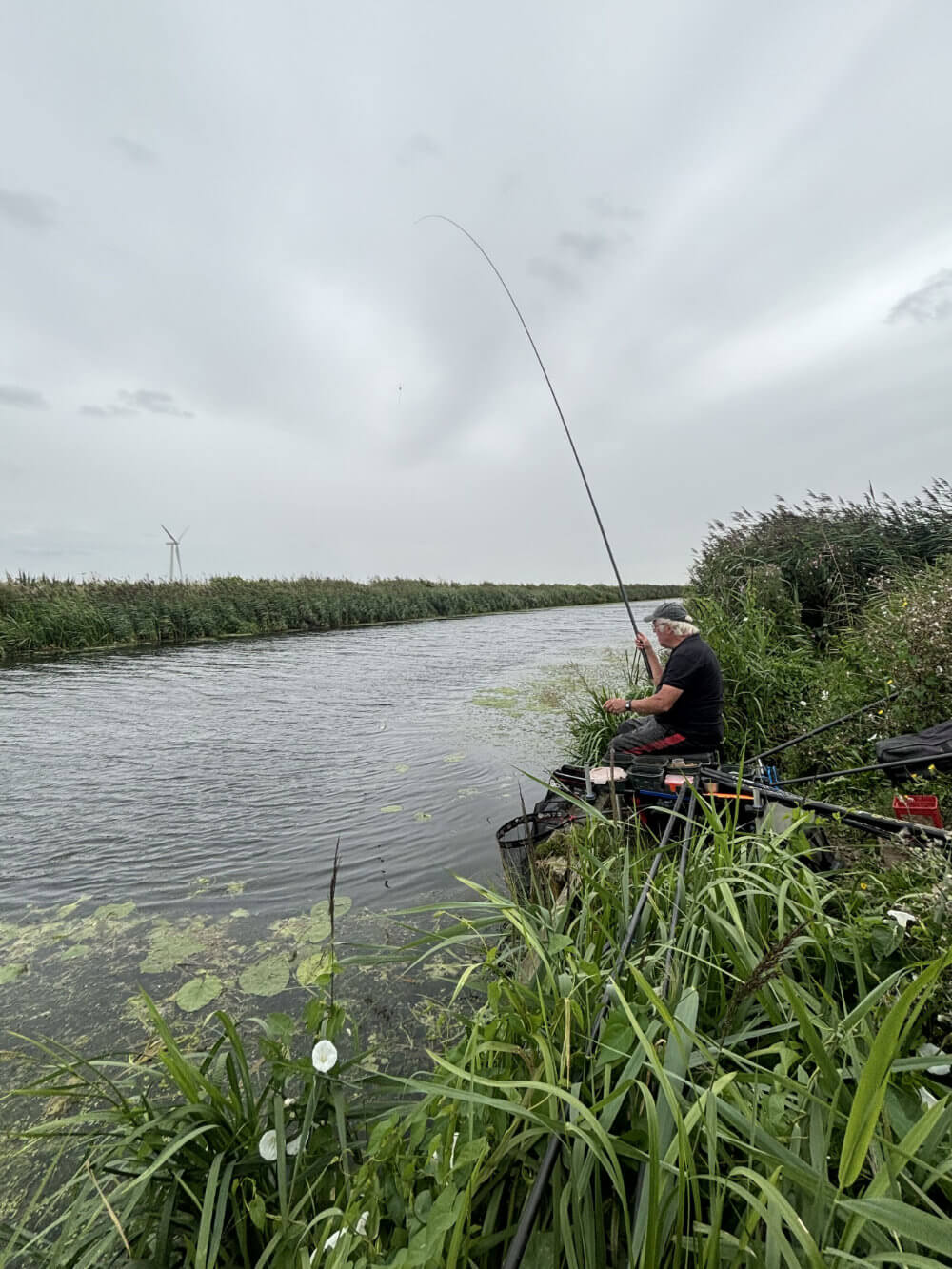
Positive Approach
A recent pattern has been for lots of small fish to show, before anything bigger moves in, attracted by regular feeding and all the activity. Using my Cadence CP200 Whip is a top way of catching, but I have a CP800 Margin Pole in reserve because there are some real lumps in here. Whip fishing to hand is a method I enjoyed in Ireland for many years, one of the best and fastest bagging methods on prolific waters. This involves feeding aggressively, putting in a ball of groundbait every cast. The mix needs to be firm to get through teeming shoals of small bleak, perch, and rudd. Match anglers rely on several pints of pinkies when it gets colder, but I prefer mixing in plenty of pellets and casters when big fish are more active in warm weather. Sweetcorn can also work well. I rarely feed worms because they attract too many small perch.
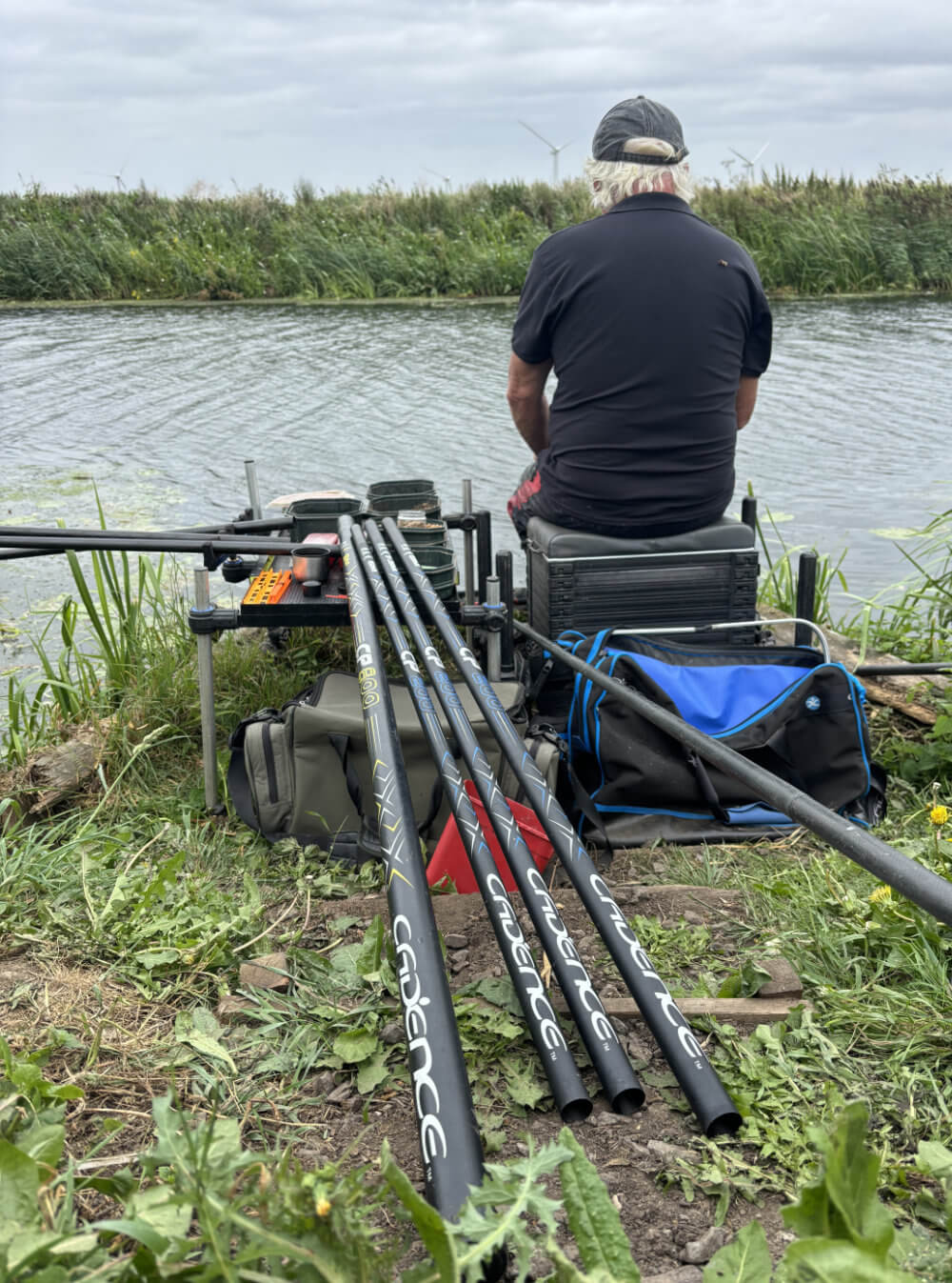
Proper Floats
I’ve not been to Ireland for many years, due to several reasons, the pandemic and moving house among them. This means my big pole floats have been largely redundant. Then again, I now have these Edge Tackle beauties to play with. The Edge N6 design has 1.5 mm hollow tips in its 2g and 3g sizes, with tubes running through the bulbous bodies to avoid line damage. They are great for whip use in deep water, at ranges of 5 metres or more, fishing to-hand style. I kit them out with olivette bulks, using long 50 cm hook lengths below. The latter have three spread out number 10s, which can be pushed together if required. The reason I use long hook lengths is their greater stretchability, which makes them stronger. This provides me with better chances of landing any big fish I might hook, compared to shorter and more brittle low diameter traces.
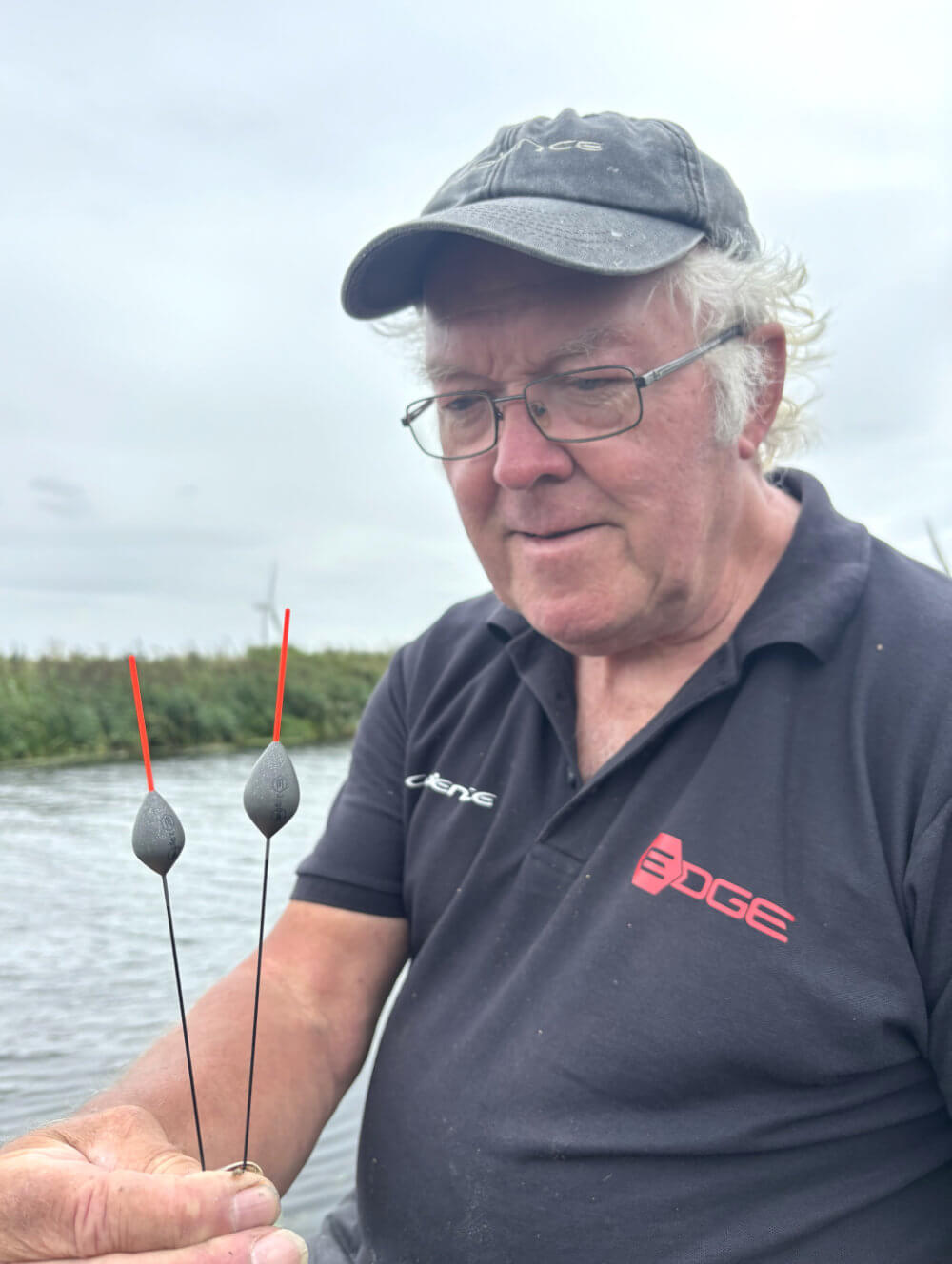
The Menu
Casters are often my main line of attack, with pellets as back up if small fish are a problem. I always have a couple of kilos of ready prepared groundbait, which I keep in a cool bag, topping up a 3pint bait tub as required. Apart from taking up less room on my bait tray than a big groundbait bowl, I prefer a more compact container because the mix is less likely to dry out. I also have a similar size tub of water next to it, so I can add extra moisture and keep my feeding hand reasonably clean. Red maggots are mainly for the hook, although I might feed a few if the going is hard. Apart from plenty of casters, I add a good helping of micro pellets to my groundbait, along with a smattering of 4mms. I also have 4 mm hard banded pellets, along with similar size expanders and soft hookers I can work with, particularly if skimmers turn up.
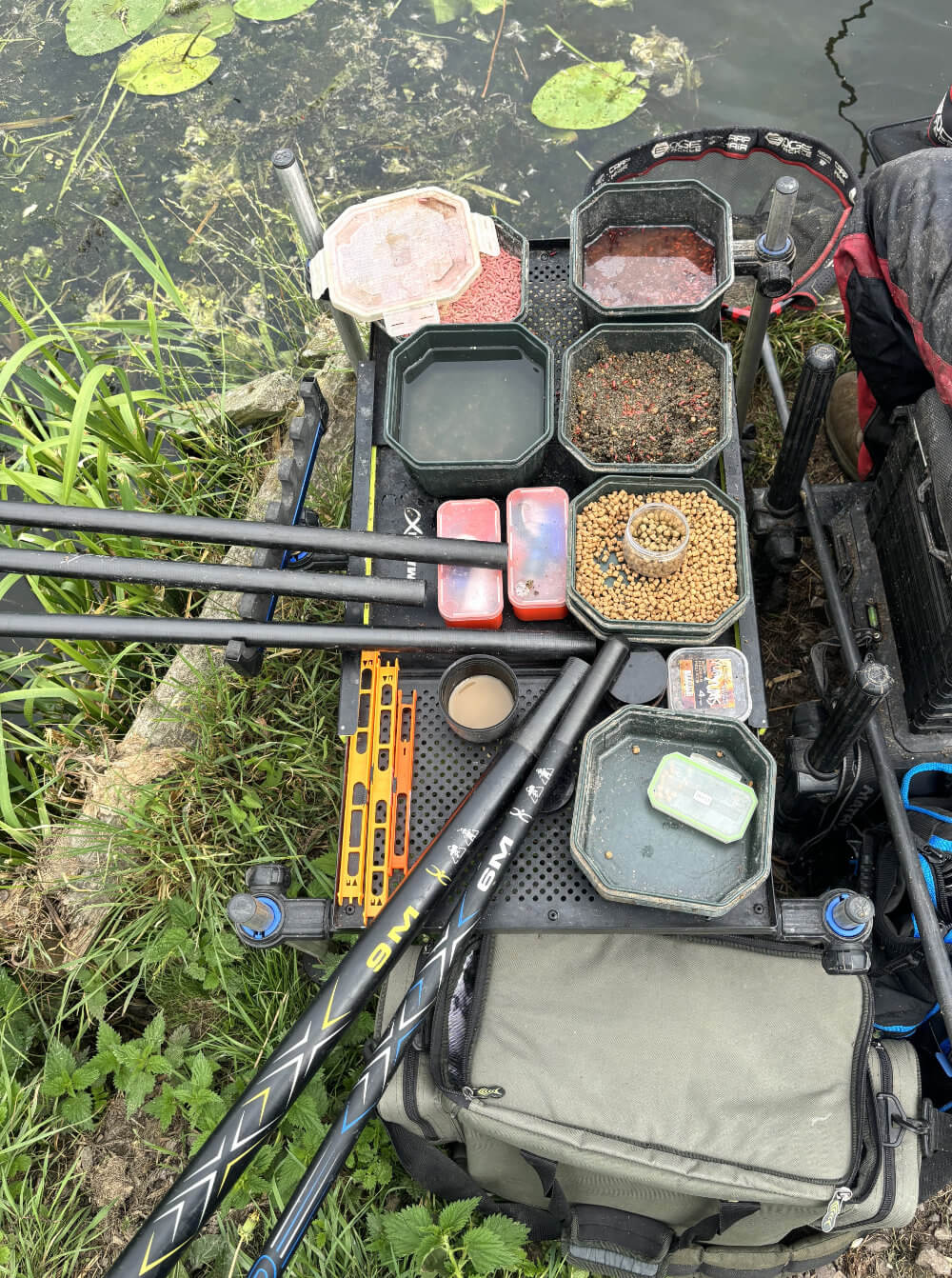
Being Bolder
Although the drains are canal like, the careful feeding techniques I used to employ on the Grand Union, Regents Arm and Oxford waterways many years ago don’t work here. The Twenty Foot has so much water to draw fish from, plus out in the wilder parts it doesn’t see much angling pressure. I’ve quickly learnt you need to be positive. With high banks behind, it makes a long pole awkward, especially when cupping in bait, which slows everything down. Long lining is much easier, where you introduce groundbait every cast by hand. I can also switch to my margin pole on the same line, still feeding the same way. In the latter instance, I only need to unship two or three sections, so a pole roller isn’t required. When waggler tackle comes into play, a catapult gets a thorough workout, feeding decent helpings of casters or pellets every cast.
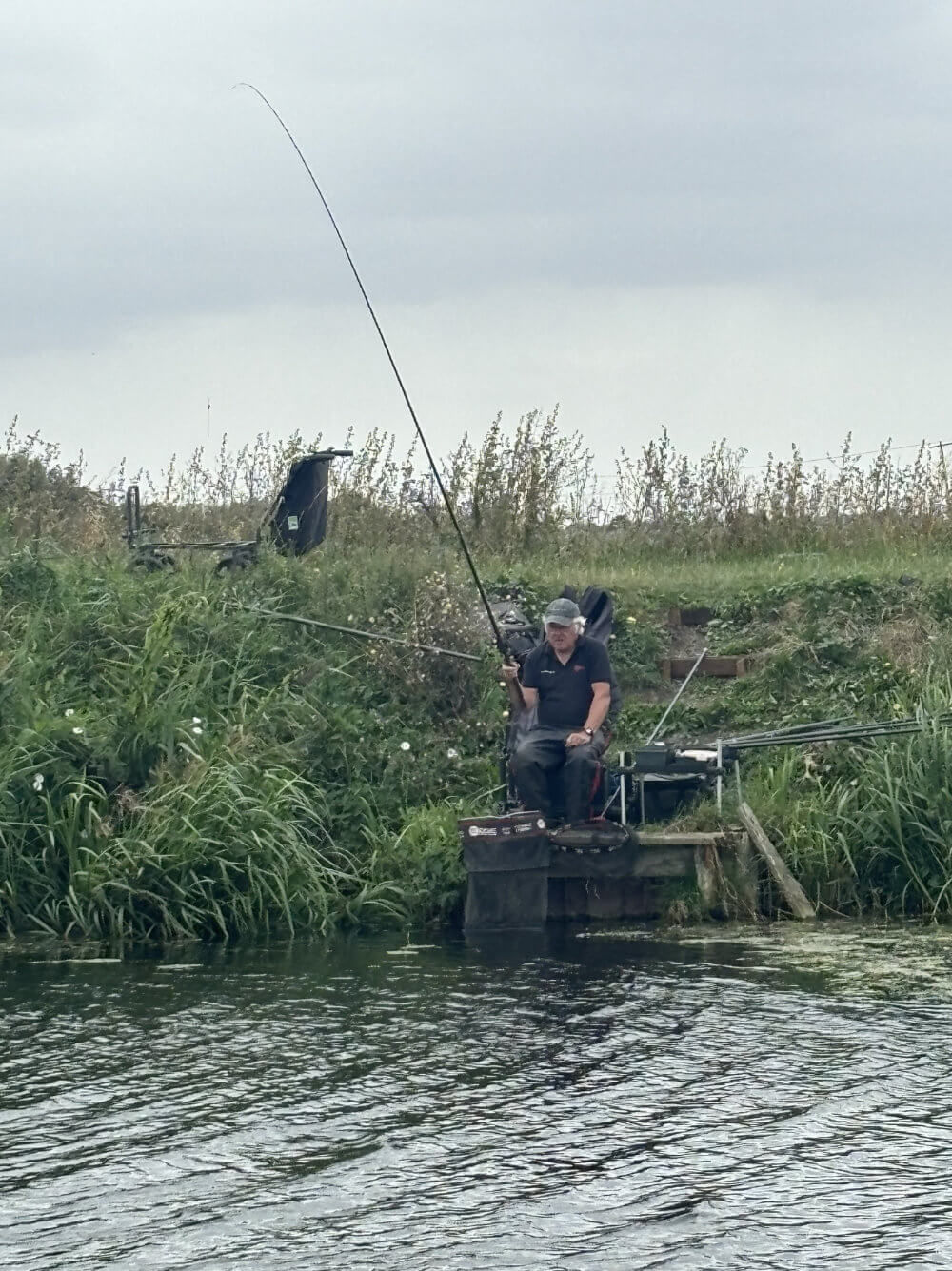
Like This
The trick when feeding groundbait every put in is to make the balls of feed just big enough to gain interest, while not alarming anything in the swim. Something between a walnut and a golf ball size is right, carrying micro pellets and casters. The mix needs to be fairly binding, although I like it to start breaking up as it nears the bottom, which is why I keep adding a little water. While some might opt for inactive groundbait recipes for skimmers and bream, especially when there are lots of small fish about, I prefer adding some Sensas Black Lake. It darkens everything down nicely and induces some fizz, which I believe quality fish find attractive. It also alerts me when they arrive because it sends signals to the surface when disturbed. My basic groundbait mix is aimed at roach, which makes it attractive to most species and not too heavy or filling.
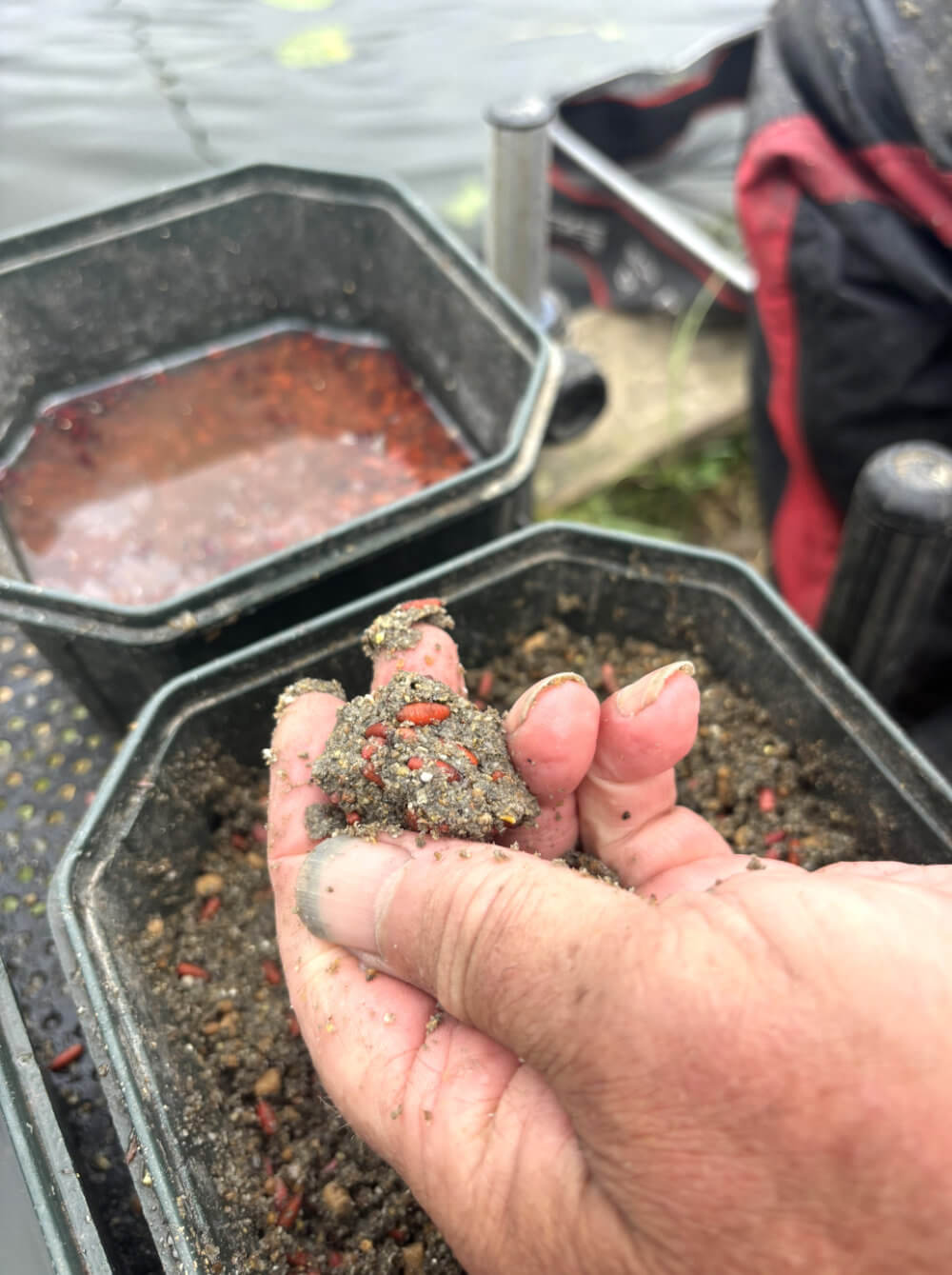
Fish Finding
Because there is so much water the inhabitants of the Middle Level system can move about in, there is always a risk some stretches will be barren. That can happen here on the Twenty Foot because in autumn huge shoals of silver fish migrate in waves through this stretch, possibly taking resident shoals with them. That doesn’t always occur because a lot depends on the weather and rainfall, both of which can influence fish movement. The main magic for me is never quite knowing what to expect. This place can be full of skimmers one week, then alive with rudd the next. Tench and bigger bream crop up at any time, while perch and zander tend to be more nomadic, following the shoals of migrating silver fish around. Pike can sometimes be a problem, while on other occasions they stay quiet. Today it’s a case of beating the bits.
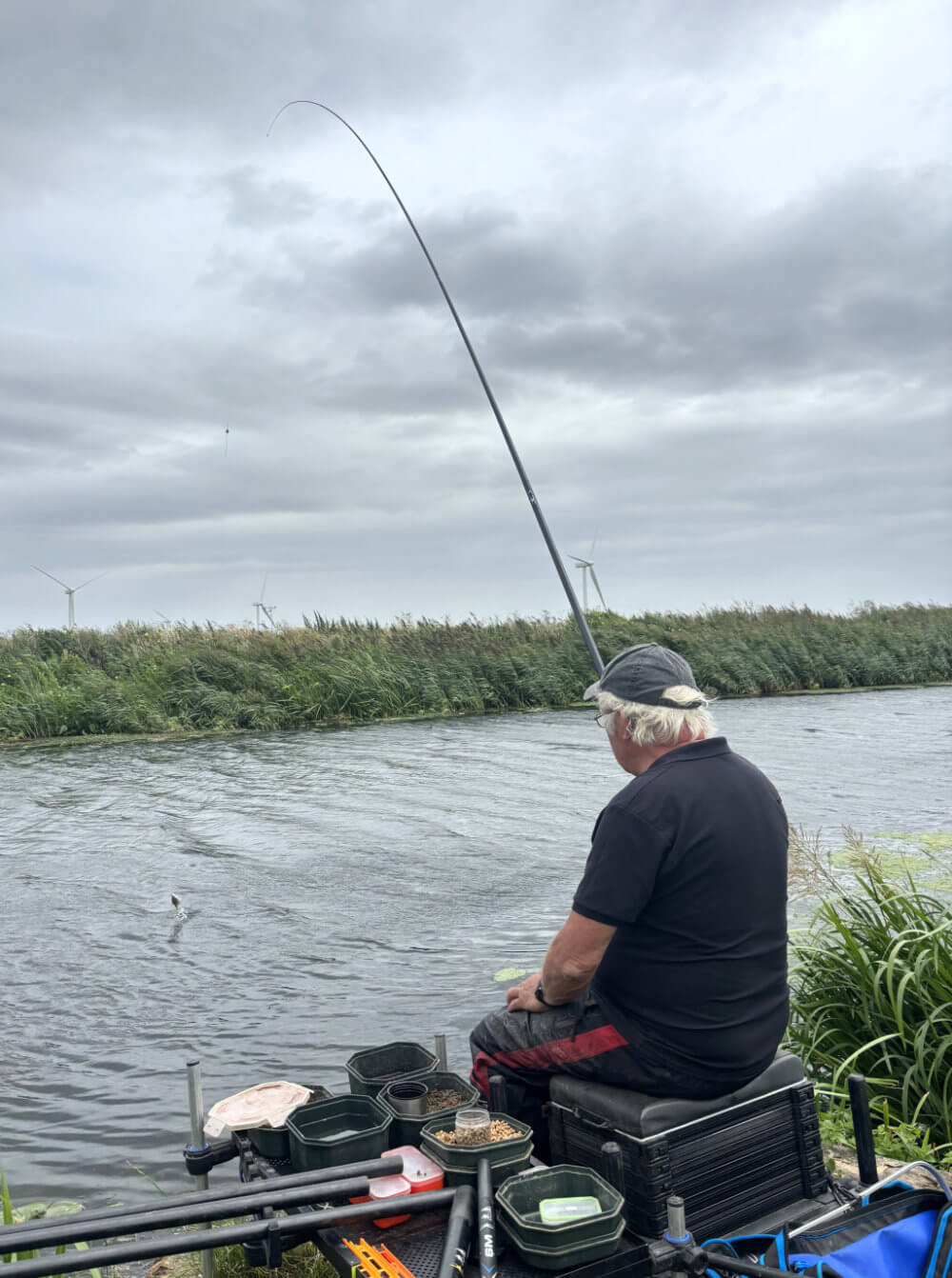
What Next
In some ways, catching small fish can be a pain, but the good news is all the activity normally pulls in something bigger, eventually. Tench often butt in, while I’ve also landed bonus zander, big perch, even pike that have refused to let go. On some occasions bleak can be a problem, as can small rudd. I’ve caught odd dace here and heard of monster carp local dog walkers have seen cruising through. The bailiff even landed a double figure catfish! As this session evolved, something started attacking the small stuff and then this cheeky perch grabbed a tiny skimmer. The latter are not always true bream because there are lots of the silver versions, local anglers call pommies or gustas. They are more silvery than proper skimmers as they get bigger and closer to the pound mark, with noticeably pinker looking lower fins and much larger eyes.
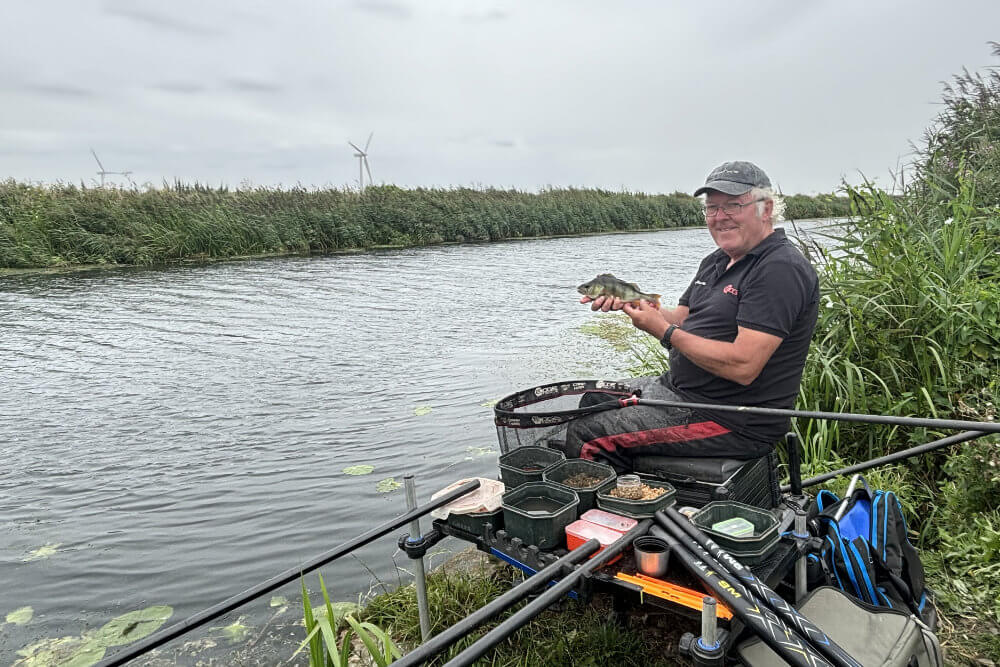
Caught Out
As mentioned earlier, I had my Cadence Margin Pole set up in reserve, ready to go if my swim started fizzing big fish bubbles. But with a stiff breeze getting up, I might have missed any giveaway signs. Suddenly, I’m attached to a real lump on my whip tackle, but not overly concerned at this point. It’s a well-balanced set-up, with 0.15 mm Edge Premium main line and a 0.13 mm Premium hook length. I’ve landed plenty of big bonuses on this gear, bearing in mind the line is accurately gauged. In the past, I would normally be using 0.14 mm to 0.12 mm, but on checking the diameters of well-known brands I used previously, they were slightly thicker than stated. The trick now is to try to apply just enough pressure to stop a strong run and to keep the fish up, away from any potential sunken weed beds. So far, everything is performing okay.
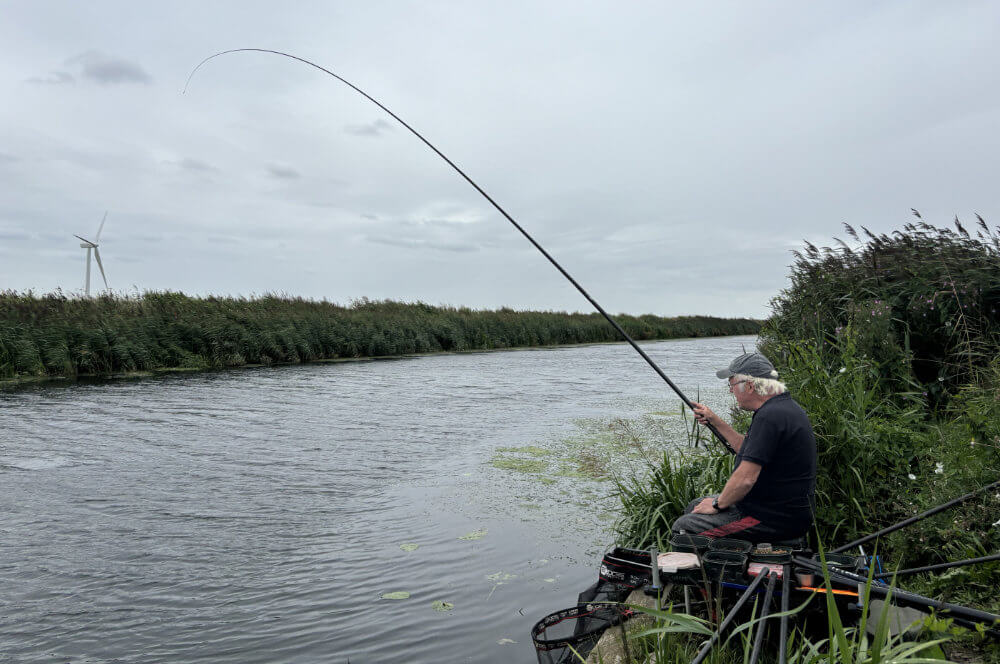
Feel Factor
The top 5 of the CP200 9m Whip is telescopic, making it wonderfully lightweight. Being combined with a flick tip, you can feel everything that’s going on. When big fish are attached, it’s almost like an electric shock is being transmitted down the high modulus carbon. I’m amazed how much stick this product absorbs because I’ve tamed big fish like this before. I landed a 5lb zander from this peg last summer, along with several bonus tench while exploring other swims in the area. I know some anglers like to elasticate longer whips, but I don’t think they perform quite as well that way. It slows everything down when it comes to casting the tackle out, along with trying to connect with bites, considering the long length of line between pole tip and float. A flick tip also cuts line through the surface better, improving presentation in wind or drift.
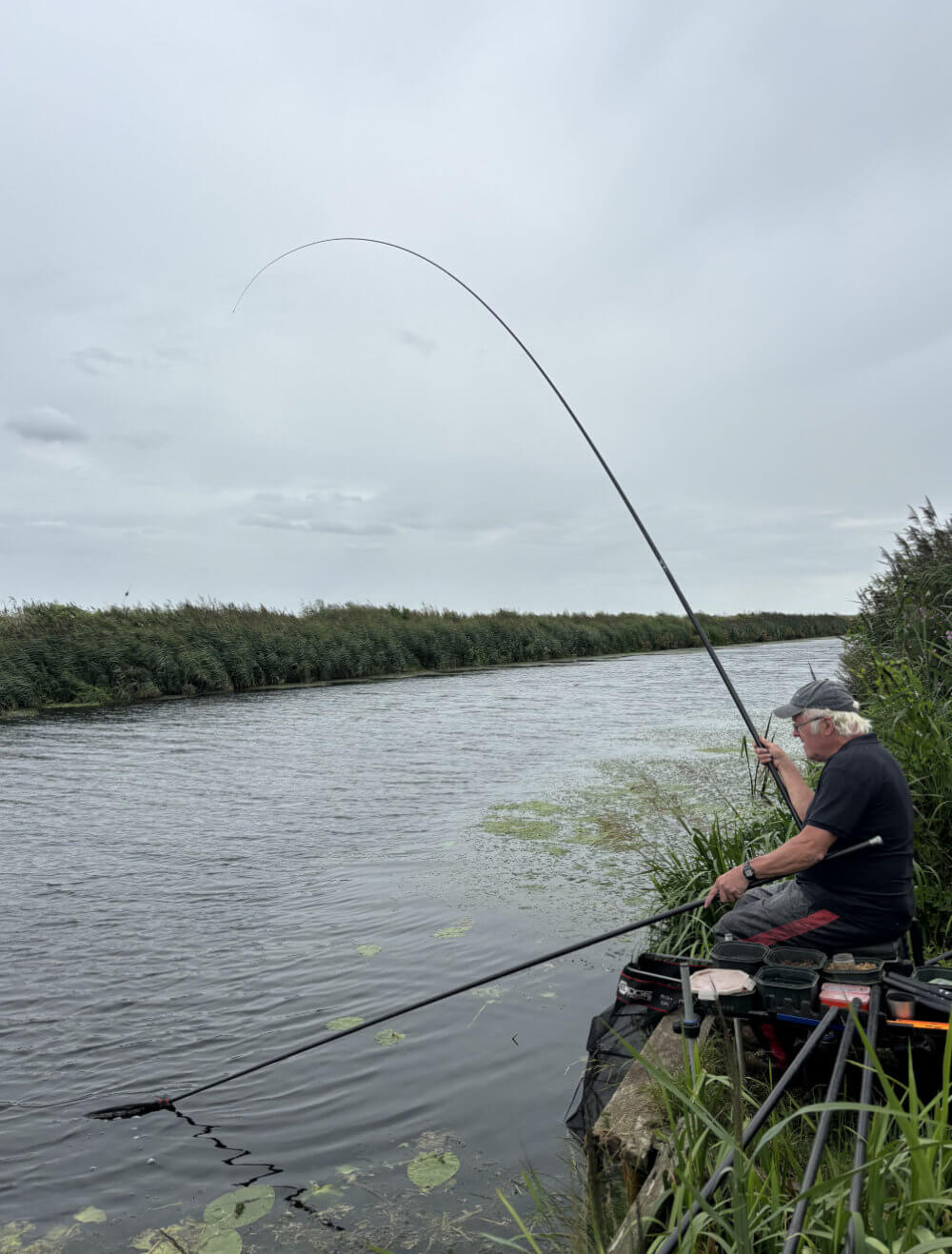
Weight Building
It’s amazing how often the Twenty Foot produces welcome surprises. This tench has boosted my catch, on a day when the skimmers were on the small side, along with rudd, bleak, and perch. On other outings here the skimmers have been much bigger, providing some mega whip hauls. Bream can also turn up, along with some huge rudd. The latter species tend to show from late August into October, with big shoals moving through in waves. The waggler is much better for that type of fishing, spraying plenty of bait with a catapult, casting over towards the far bank. You have to wade through a lot of small fish, but rudd to well over 2lbs regularly turn up. I’ve tried feeder tackle, which also works, depending on the weed situation. That hasn’t been too bad this year, because the Middle Level Commission have been clearing this stretch.
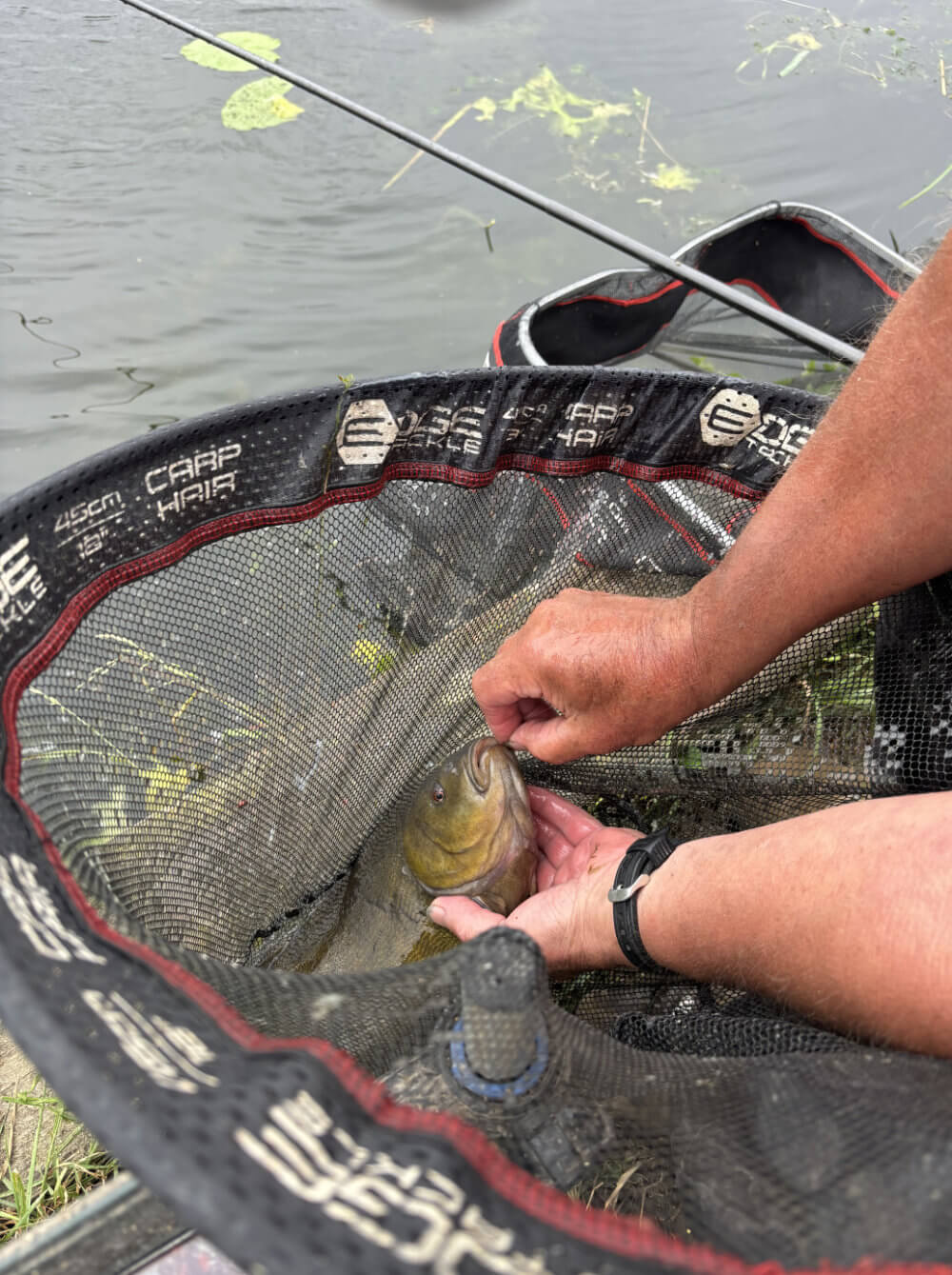
Trying Things
With bags like this common, it’s no surprise this great venue keeps pulling me back. It might be a case of a couple of hundred small fish for low double figures, or less than fifty bigger skimmers for a mega weight. The same applies when the rudd move in, where their size fluctuates dramatically. Last Autumn, I was regularly putting 30-to-40-pound hauls together on the waggler, wading through loads of small stuff to get at the bigger ones. I caught some of the biggest rudd I’ve ever seen. Taking a more leisurely approach with feeder tackle is another option, targeting the bigger bream and tench. I’ve bagged up with a light cage and long tail, catching loads on the drop. Pellet feeders also work and are a good way of finding the tench. This is a perfect place for trying different things, never quite knowing what might turn up next.
